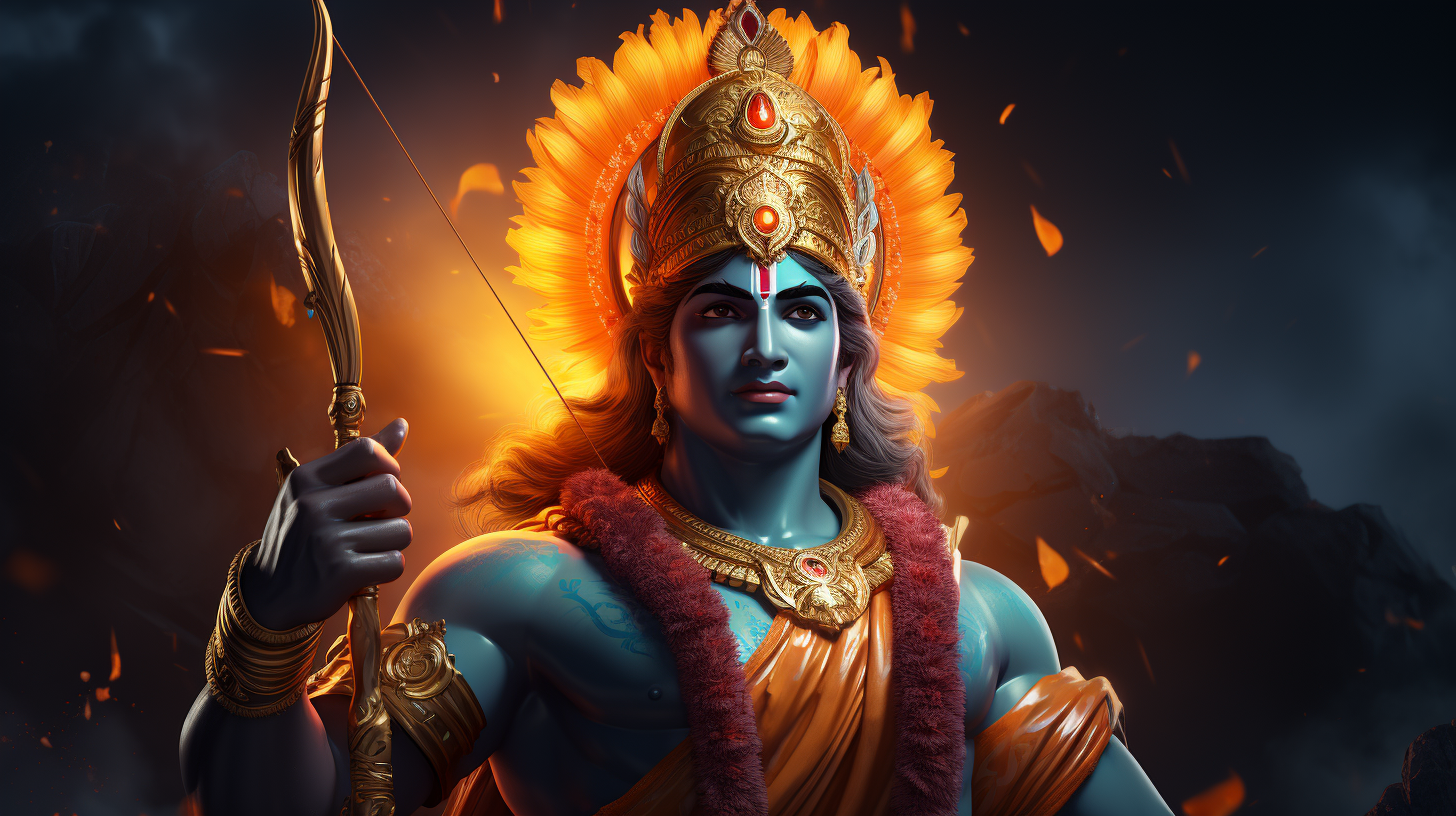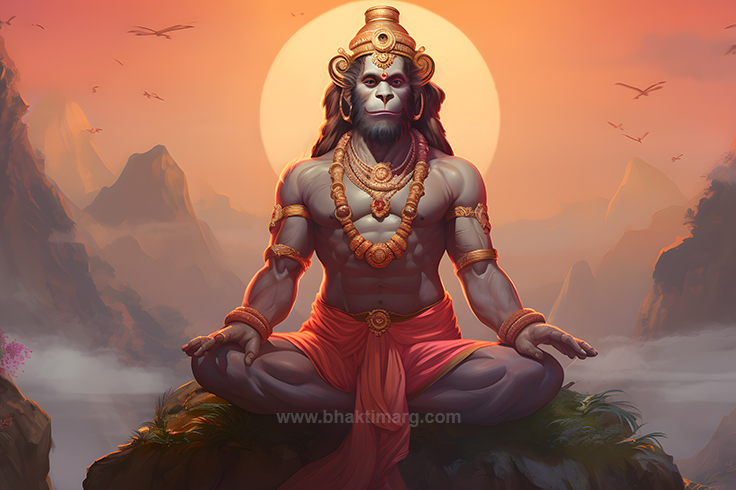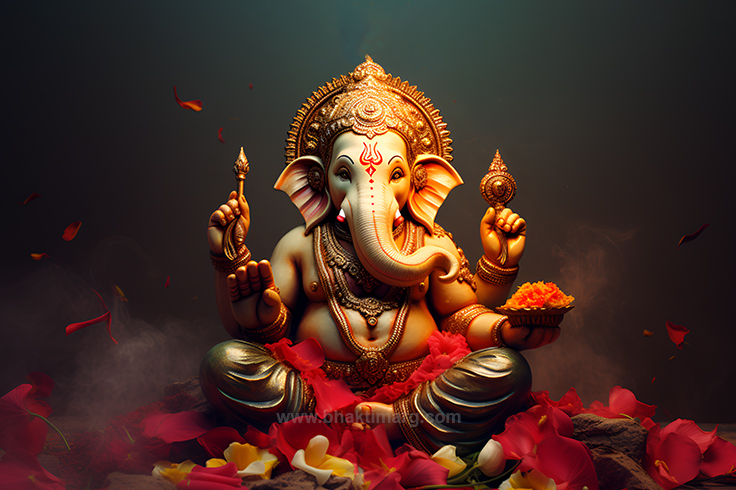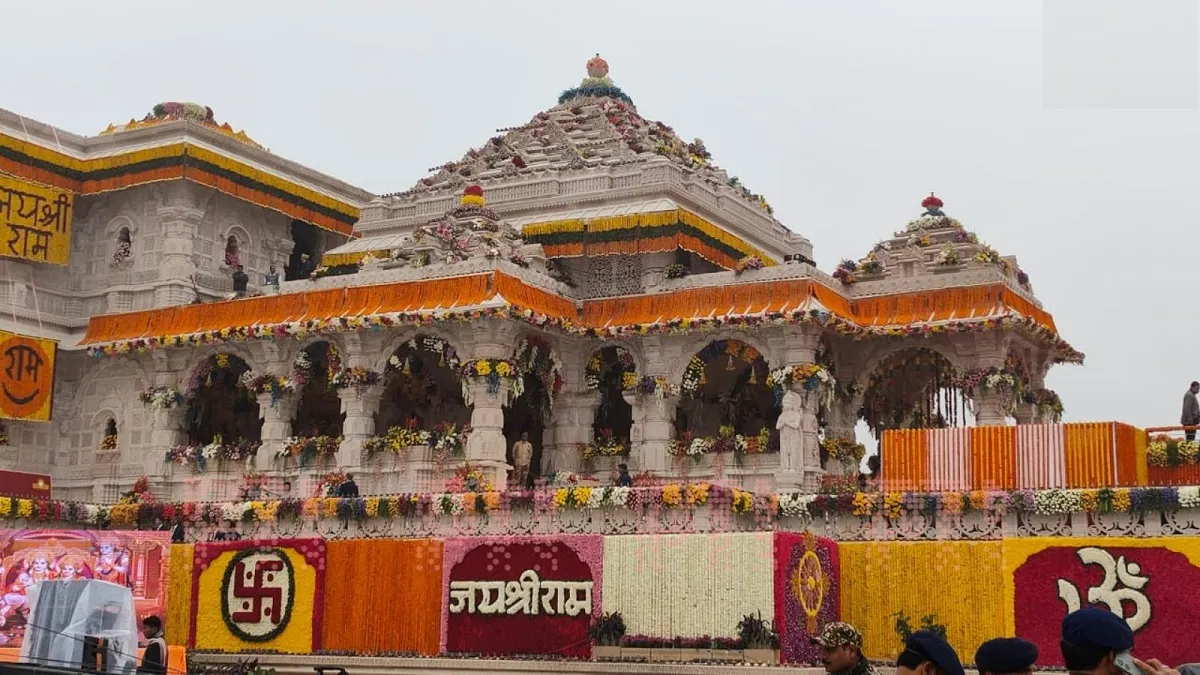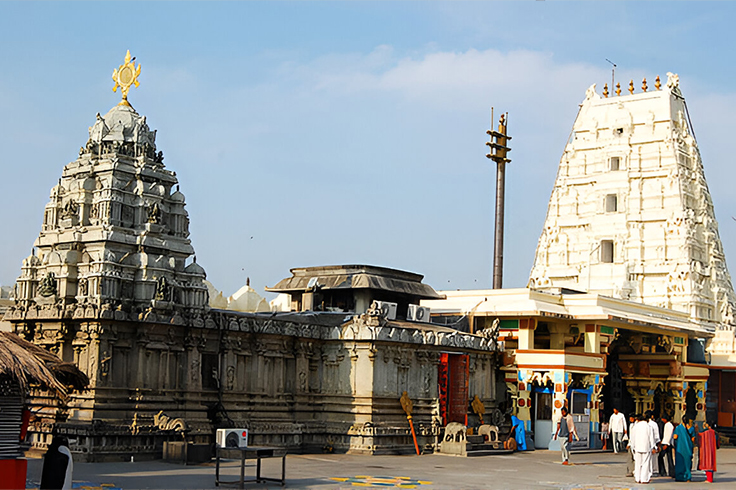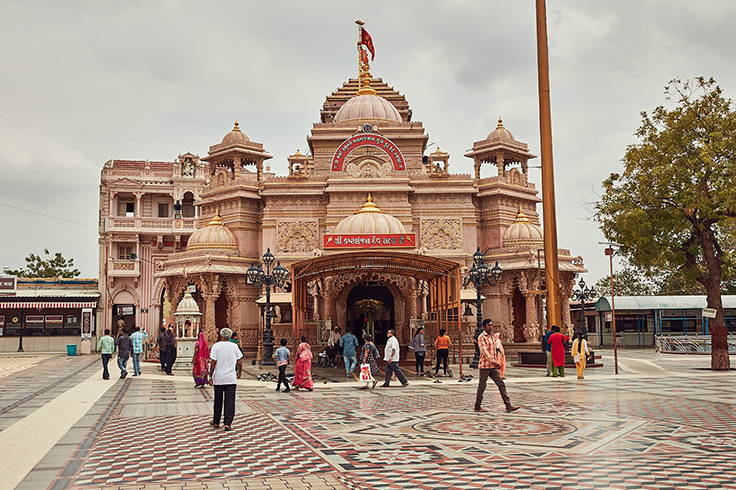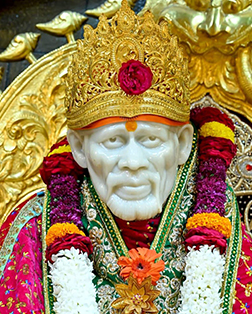
Shri Shirdi Sai Baba
‘When nothing in life seems to work according to your plan, be calm it is because the Lord has a better plan for you and it is always in your favor’. This is the ultimate teaching of Bhakti Marg, that trust God and live your life truthfully with righteousness. A way of life preached by numerous Saints, Sages, Rishi, Monks, Spiritual Gurus, and Religious Philosophers. One such renowned name would be Sai Baba, largely followed as a Saint or Fakir praising him, today devotees perform Sai Baba aarti.
Life Story of Saibaba
There are several assumptions regarding the birth and early life of Shri Saibaba as he appeared at a young age in Shirdi, Ahmadnagar district of Maharastra, British Raj India. The reason for the uncertainty of early sai baba’s real story is he never revealed much and was notorious for answering misleadingly when questioned, hence even his real name remains a mystery. Along with precarious information arise varied stories of Saibaba’s birth details and family lineage.
Some of such stories are he was an orphan raised by a fakir, some say he was born to a boatman of Pathri, some say his mother was Hindu from Tamilnadu and his father was a Muslim, some mention Shree Sai Baba telling them he was born brahmin but his parents later being entrusted to the fakir, and some say that Lord Sai was not born but miraculously appeared as he is an incarnation of Lord Dattatreya. Most of the details regarding him known and verified are from Shri Sai Satcharitra written by one of his disciples Hemadpant. It states that Saibaba at the age of 16 came to Shirdi and was missing for a year in between and reappeared around 1858 and stayed there ever since.
Sri Sai lead an ascetic life and meditated under the neem tree for many years later roaming around the jungle and finally resided in a mosque where he lived a solitary life. Saibaba Ji was uncommunicative and expressed himself in a mystifying manner that amazed and perplexed people many times. He was named by the temple priest when he retired as Sai meaning divine as he had no name, and people started calling him Saibaba the word ‘baba’ indicating a respected or elderly person. He was even opposed or blamed by many claiming to be an imposter but Lord Sai would face them with a smile and eventually, all understood his eminence and became his follower.
Om Sri Sai Baba Philosophy
He was praised as a spiritual master by both Hindu and Muslim devotees along with many other people from many other religions. The reason is he never identified belonging to any religion and nurtured the thought ‘Sabka Malik Ek’ treating all people equally regardless of their religion, caste, or community. Saibaba was opposed to religious biases and preached the teaching of all religions to the people of that particular following.
Sri Saibaba promoted leading life with Shraddha (faith) and Saburi (patients) and advised his followers to maintain morality in life and actions. He encouraged his devotees to lead a righteous life helping all. Shree Sai Baba taught that all are connected through something or other so be humble and giving, and if you cannot provide help do not intent bad or disrespect anyone.
The followers of Saibaba were not segregated into defined sectors but consisted of all religions and he preached all to follow Bhakti Marg. He emphasized the importance of surrendering to ‘Satguru’ that is one true guru who can lead one to the path of the spiritual journey. It was evident in his teaching that to attain the divine one needs to believe the Satguru and meditate to understand that the divine is within all beings and God Saibaba’s devotee followed his preaching religiously.
Through meditation and a spiritual path, Lord Saibaba encouraged his devotees to obtain the true essence of life and help them attain self-realization.
It is evident that Om Sri Sai Baba’s teachings were influenced by the path of, Bhakti Yoga, Jnana Yoga, and Karma Yoga
Lord Saibaba’s Miracles
Shree Saibaba was treated as a God figure by many due to the miracles he performed, astonishing many along with his opposers. Let’s see some instances mentioned in Saibaba Satcharitra that revibrated Bhagavan Saibaba’s fame.
- The Deepavali celebration has been a part of Hindu culture for a long, it is said that Saibaba used to light lamps (diya), but once he could not get oil so he lit the ‘Diya’s’ with water instead, this incident spread like fire and all the people who denied Bhagavan Saibaba realized his greatness and apologized for their behavior. There is a famous Saibaba Bhakti song defining this episode, ‘Deepavali Manaye Suhani’ explaining Saibaba’s grandeur.
- One of the miracles that mesmerized the villagers was when the village was facing a situation of extreme drought and all the residents were aggrieved. Lord Sai Baba came listening and standing near the well simply said ‘Why are you all distressed when the well is filled with water?’ and people were shocked that it had water in it
- Since he was praised as Saibaba and complimented on his patience and intelligence many people questioned or challenged him, once such a person questioned Saibaba’s authority but was shocked when he arrived and was addressed by name on meeting the first time, even his unasked question was answered, he understood that the person in front of his not ordinary and fell on his feet praising Lord Saibaba
- One famous incident is of a married couple visiting Shirdi Saibaba to receive his blessing, he gave them his signature Udi which was considered to have a divine aspect, when they were returning it started raining heavily and they didn’t know what to do, but sai baba said, ‘aye mere malik, barish Rukvade mere bachon ko ghar jana hai’ and the rain stopped
Many such instances are mentioned in Sri Sai Satcharitra or are sung in Sai Baba Ke Bhajan explaining his ‘Mahatmya’ along with promoting Saibaba Teachings.
Om Shri Sai Baba
With all the phenomenon and mysticism circulating Sai Baba Ji, became a guru for some, and praisable for lord for many, barring the distinctions of religion, caste, and class. Today at the place where Shri Sai Baba used to meditate under the Neem tree Saibaba Temple is built, along with it the resident mosque of Saibaba is renovated which was named Dwarkamai after the old lady who cared for Sai as her child. Other than that you would find many local praisable places for Saibaba.
The Shirdi Saibaba Mandir today is among the biggest pilgrimages in Maharashtra India, in the 19th century where only a small group of devoted inhabitants were God Saibaba followers today people from all sects and different parts visit the place and collectively involve in the praise. Some people observe fast and embark on a walking journey with Saibaba Palkhi, singing his praises, Bhajan, and Mantras displaying their devotion to their Guru.
The temple has a schedule of Sai Baba Aarti that is followed daily without fail, the devotees who visit observe Sai Bhajan until they reach the inner place of the Mandir. The enthusiasm of the Bhakt and how they follow the rules for the whole darshan helping each other shows that Sai Baba’s Lessons are followed by their followers even today.
To praise and inculcate his teachings there are powerful Sai Baba Mantras introduced when chanted present peace and calmness to the listener or reader. Om Sri Sai Baba Maha Mantra is revibrated in the temples reminding the devotees of Sai Mahatmya and influencing their life positively.




